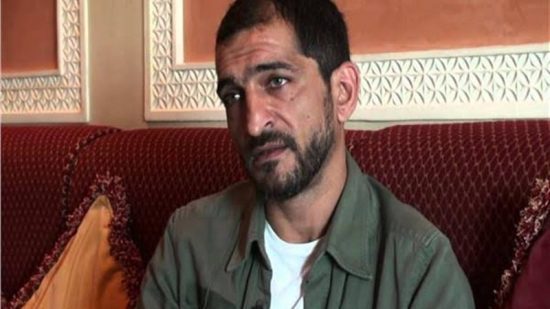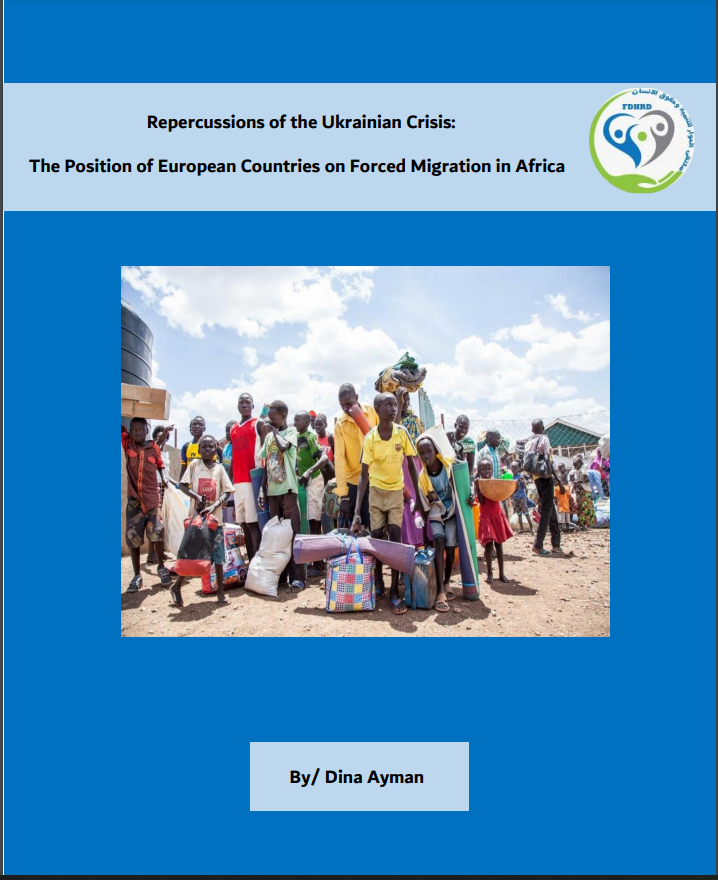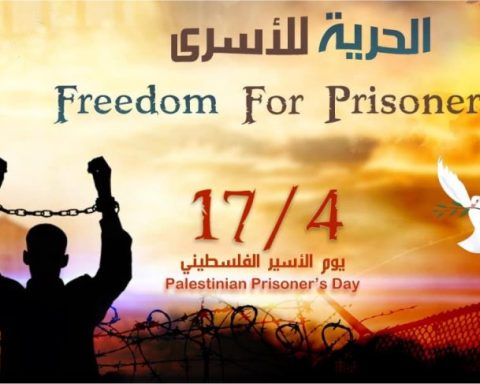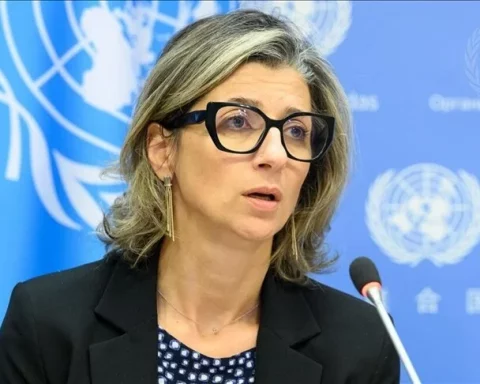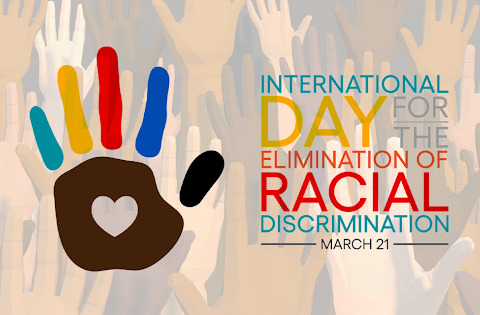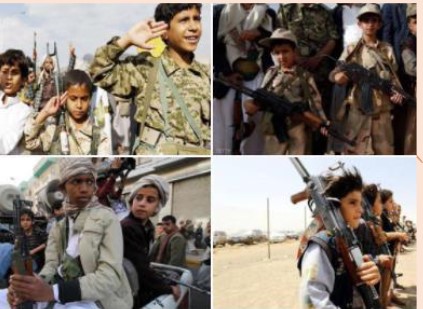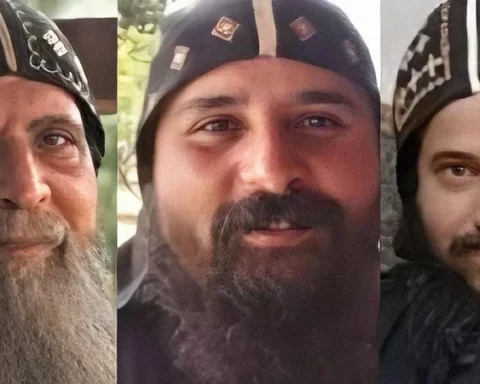press release
…………………………………………… ……………………..
Today, Thursday, May 26, 2022, the Research and Studies Unit of the FDHRD issued a report entitled: (The Repercussions of the Ukrainian Crisis: The Position of European Countries on Forced Migration from Africa).
The report pointed out that in light of the Ukrainian-Russian crisis, the way some European countries dealt with forced migrants from Ukraine was characterized by providing all assistance and support, and at the same time exposed the manifestations of discrimination in the European policy towards forced migrants from Africa.
The report addressed a number of topics, including:
First: Forced migration: its forms and reasons for its spread in Africa
The report stated that conflict is one of the main reasons for people to leave their homes in search of a better life, and the year 2021 witnessed a great deal of violence and armed conflicts that forced people to flee, especially in Africa, where large numbers of citizens were displaced internally and at the borders or resorted to neighboring countries. Several African countries have been affected by waves of violence: in the Central African Republic, fighting broke out in the aftermath of the presidential elections, while the Sudanese region of Darfur witnessed intercommunal violence; In the eastern Democratic Republic of the Congo, armed groups committed atrocities; Burkina Faso has seen a rise in violent jihadist attacks. All this resulted in the forced displacement of hundreds of thousands of people.
By 2021, the most new displacements caused by conflict and violence (about 91%) were recorded in Sub-Saharan Africa, the Middle East and North Africa, and the five countries with the highest number of new internal displacement due to conflict and violence were the Democratic Republic of the Congo (2.2 million). ), Ethiopia (1.7 million), Mozambique (592,000), and Burkina Faso (515,000).
This axis dealt with the causes of forced displacement in a number of countries separately, including: (Chad – Mali – Burkina Faso – Democratic Republic of the Congo – South Sudan – Ethiopia – Somalia).
Second: The European Union’s discrimination of forced migration from Africa to Europe
The report stated that despite the European Union’s keenness to provide assistance and assistance, especially the provision of financial resources to face the various humanitarian crises in African countries and being the largest donor to relief organizations working in African countries, the report monitored that the European Union countries on the ground do not bear the burden of receiving displaced persons from other countries. Africans and leave them on the border without shelter.
At the same time, any African country wishing to benefit from this aid must accept the conditions of the European Union in the field of immigration, as this aid has turned into a means of pressure, and European countries do not follow a policy of “integration” of refugees with displaced people of African origin, where there are no success stories. For those of African descent in Europe, except for a very few, because migrants of African origin are left at the European borders until they are resettled in a third host country or work to return to their country, regardless of the danger associated with that decision, which raises the responsibility of Europe, which violates through these procedures the principles of “non-existence.” refoulement” and violates Article (33) of the United Nations Refugee Convention and Article (3) of the International Convention against Torture.
In this way, the European Union is violating its humanitarian obligations in light of the European Convention on Human Rights and the international conventions it has ratified.
On the other hand, xenophobia is spreading and xenophobia of African origin is increasing in Europe, and between 2016 and 2019 in many European countries, there was a decrease in the acceptance of immigration from the south.
Third: Discrimination against Africans during the Russo-Ukrainian War
Since the outbreak of the Ukrainian-Russian war, xenophobic acts against people who are neither Ukrainians nor Europeans have been observed, particularly against people of African and Arab descent during displacement to neighboring European countries. According to the witnesses of many Arab and African students who were stuck on the Ukrainian border.
Small groups of citizens and migrants of African descent are visible targets and are particularly vulnerable to racism and xenophobia. Although relatively few people of African descent reside in Ukraine, the rate of violence against this group has been evident, and refugees, students, visitors, and a number of citizens and permanent residents of African descent live under constant threat of harassment and violence.
The report stated that the Ukrainian and Polish border guards pursued a policy of discrimination against non-Europeans by impeding the crossing of Africans while allowing Ukrainians to cross and providing them with food and first aid. At the same time that European countries welcome Ukrainian refugees and provide them with official and safe transit routes, seven asylum seekers of non-European origin have died after their boat sank in the Mediterranean Sea off the coast of Greece, without their pleas being heeded.
The report concluded by emphasizing that if European countries want to contribute to achieving international peace and security and stability in African societies, they must abandon their policies that contribute to fueling conflicts in some African countries, and work to develop final solutions to the roots of the problems that cause internal displacement on the continent and the forced displacement of groups underdog.


